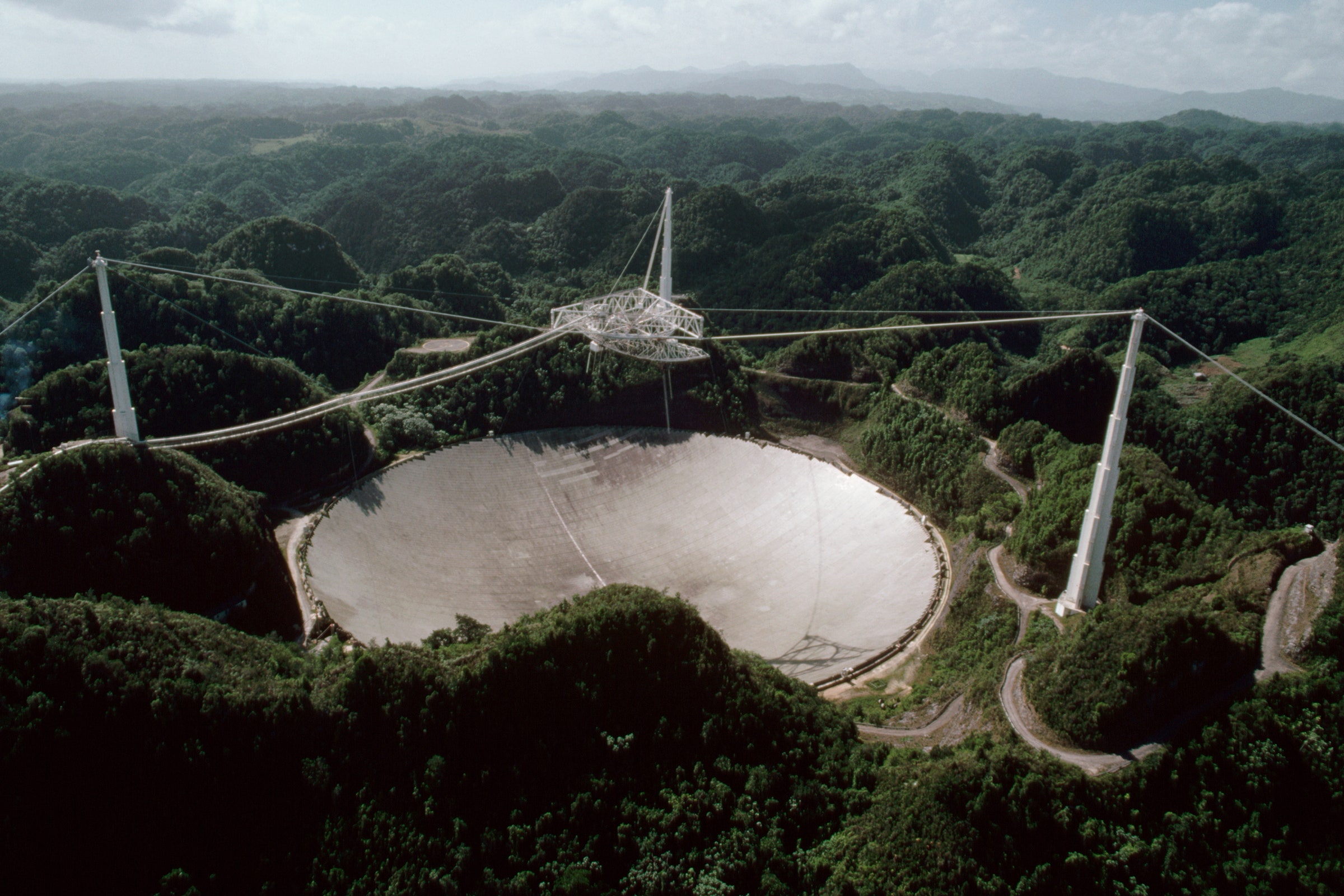
Away from large settlements, hidden from prying eyes by fog and hills, the world's largest observatory Arecibo worked for many decades. It was an engineering miracle. The radio telescope mirror, a 350-ton bowl-shaped "dish", was assembled from approximately 40,000 perforated aluminum panels. The radio telescope was located in a natural funnel with a diameter of 305 meters.
At a height of about 140 meters from the bowl, there was a 900-ton triangular platform. It housed the equipment necessary for working with radio signals. For 60 years of its work, the telescope has allowed to make a lot of discoveries that can be called revolutionary. Unfortunately, the radio telescope was recently destroyed and cannot be restored. This article explains what led to such a sad ending. Could the observatory have been saved? Maybe, but there were a lot of problems. They seemed to be solved, but an unexpected ending came.
How it all began
I first visited the observatory 35 years ago when I was 12 years old. We went to visit relatives and visited Arecibo, a radio telescope a few kilometers from the house we visited. The observatory made a huge impression on me.
In 1995 I returned there as a student. It was an exciting time. Then the observatory celebrated its 30th anniversary with a large-scale equipment upgrade. On weekdays, I analyzed the results of observations of neutron stars from Kiriaki Xiluri, one of the staff astronomers of the observatory and an expert on neutron stars. As you know, such stars, with a diameter of only a few kilometers, contain a huge amount of matter compressed to an incredible density. The mass of neutron stars often exceeds the mass of the Sun. The results of observations of such objects are a window into the micro- and macrocosm, the conditions of which are fundamentally different from what we are familiar with and what we can imagine.
The size and sensitivity of the Arecibo radio telescope made it an ideal tool for studying neutron stars. It was at this observatory that Russell Hulse and Joseph Taylor discovered the first binary system of neutron stars - two objects of enormous mass revolving around a common center in a small orbit. Scientists' observations have shown that the system is losing energy, so that the stars are slowly, very slowly approaching, exactly as predicted by Einstein's general theory of relativity. In October 1993, less than two years before my 10-week stay at the observatory, this work earned two scientists the Nobel Prize in physics, which is rarely the case with astronomers.
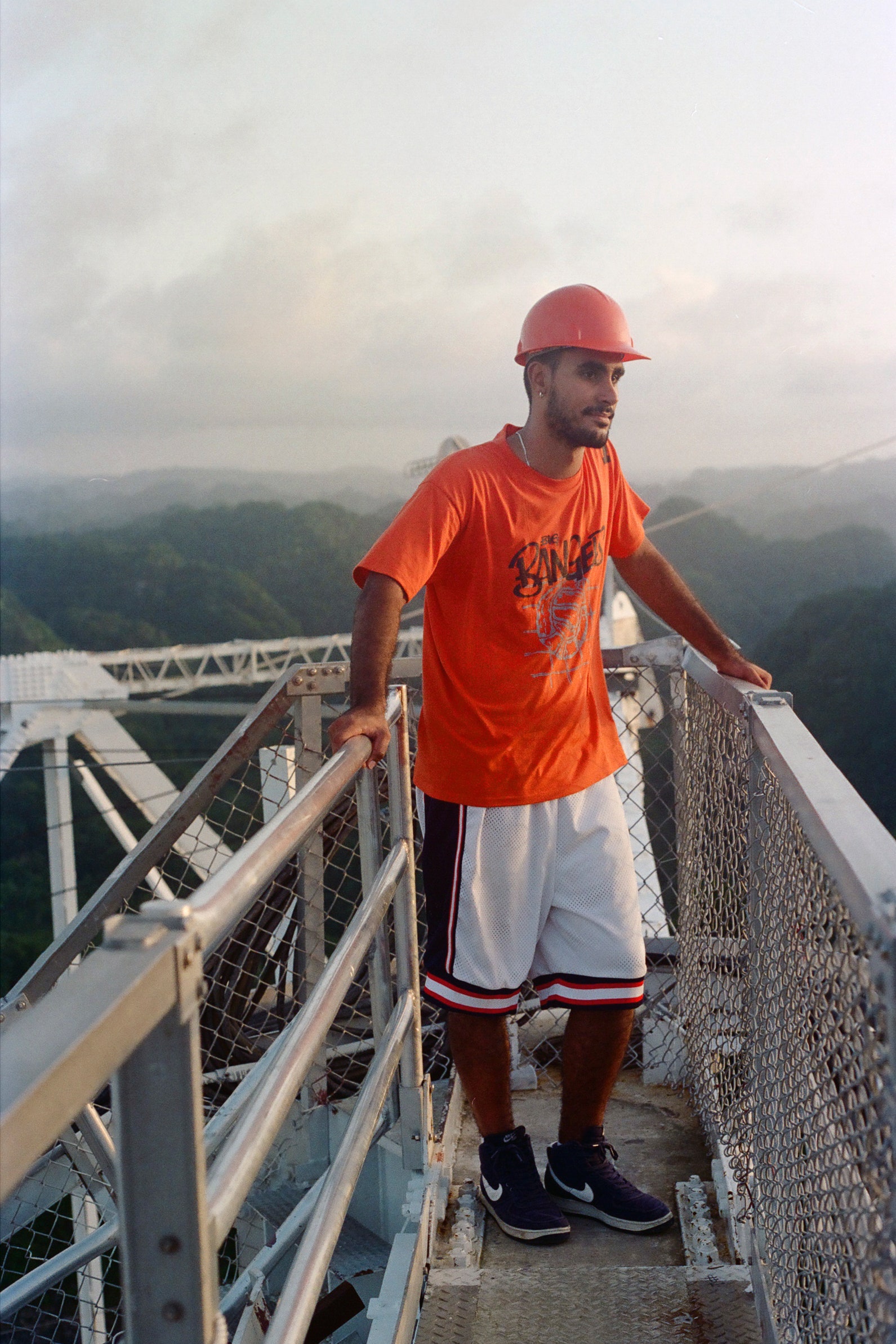
At the end of the summer, I climbed to the top of the platform above the thicket, feeling ridiculous in my orange helmet and afraid to look down. I was on top of the world. Years later, while applying for graduate school, I tried to describe my feelings in a personal essay: I wanted to tell how those 10 weeks spent in the Arecibo Mountains strengthened my desire to become an astronomer.
Gradual decline
Yes, a decade after the events described above, the decline of Arecibo began. In 2005, the National Science Foundation decided to revise the list of grants available to observatories and astronomers. Then all this cost the Foundation $ 190 a year. Of course, the Foundation regularly reviewed its "portfolio" to ensure that there was a good balance between the long-term research that observatories do and the short-term research that requires grants.
Unfortunately, the balance was never perfect. The problem is that new observatories have always received funds for development, equipment, operating expenses. All this more or less coincided with the plans of the Foundation. But in the case of already existing observatories, the plans were not always fulfilled. Usually the size of the payroll increased from year to year, and the planned budget also increased accordingly. But the funding of the NSF itself did not always grow at the same rate. In the early 2000s, the Foundation asked a group of major astronomers to review existing spending, projects and try to cut spending by $ 30 million.
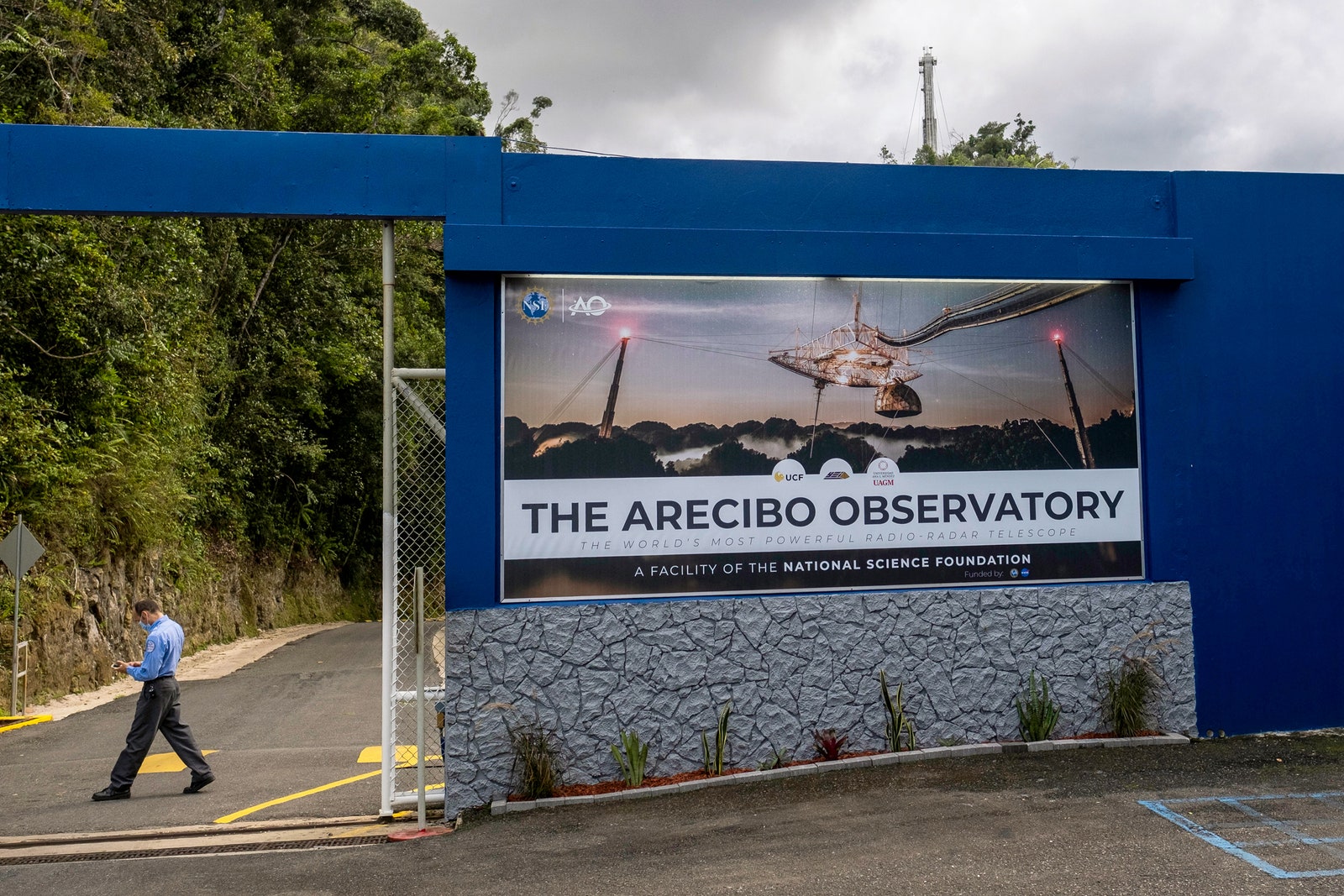
The Arecibo Observatory was then receiving $ 10 million annually. The Astronomers' Commission immediately recommended cutting this amount to $ 8 million, and then, in 2011, decided to cut costs again, already to $ 4 million. The Commission decided to encourage scientists to look for international partners who could cover some of the costs. If partners are not found, the commission recommended to close Arecibo altogether by 2011. In general, the observatory managed to find funding, and to exist for another 10 years.
At that time, I got my PhD and got access to the NSF report. It was unpleasant for me to see what is proposed to be done with the observatory. Particularly irritating was the clause that said Puerto Rico might want to pay for the observatory's operating costs.
And this at a time when Puerto Rico was in deep crisis. Many state institutions did not work - simply because the budget ran out of funds. For two weeks, the state apparatus was practically out of work, about 100,000 civil servants were fired, and the government closed over 1,600 public schools. Where, according to the commission, the state could get the funds?
Puerto Rico did not yet have a strong leader in Congress - so it was impossible to lobby for Arecibo's interests. An example of such a leader is Barbara Mikulski, who lobbied for the launch of the Hubble Telescope Service Team in the early 2000s. Everything worked out for her, in 2009 the Hubble was repaired, and in 2007 it would have simply been taken out of service, and that's all. Unfortunately, nothing worked with Arecibo.
Puerto Rico has no real influence in the capital of the United States, and there is no Congress delegation that could defend the interests of the island and its inhabitants. The island is represented by only one person, an official who can only vote on procedural matters.
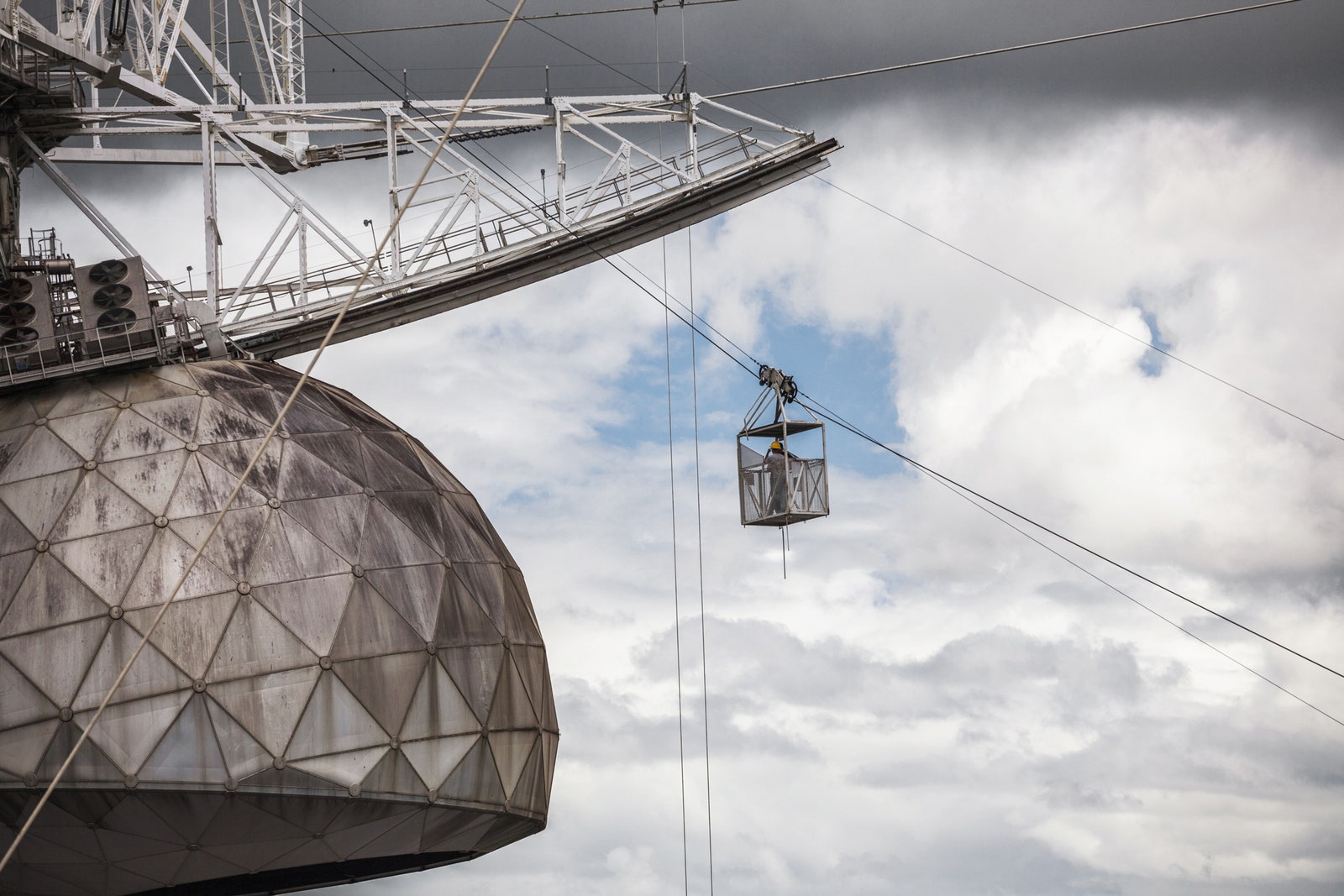
Unfortunately, the financial troubles of Puerto Rico were just beginning, so Arecibo did not expect anything good. By 2015, 46% of the island's population crossed the poverty line, there was no time for science and the salvation of the observatory.
In the summer of 2010, Columbia University offered me a job and I became a full-time employee. In December of the same year, I was invited by the Foundation to review the budget. Despite the efforts of the commission, the budget for the Division of Astronomical Sciences was tens of millions of US dollars below the required minimum. In addition, most of the funding was spent on the construction of a state-of-the-art radio telescope, the Atacama Large Millimeter / Submillimeter Array. It was necessary to finance this construction, as well as somewhere to find $ 16 million a year for the construction of the Daniel K. Inoue Solar Telescope (DKIST).
In light of all this, the idea came up to finally stop funding Arecibo. Then it seemed not just a good idea, but even a victory. Some funds were still allocated, but they were not enough to update the degrading infrastructure or, moreover, to acquire new tools. The observatory has found new sources of funding, in particular, thanks to the program for monitoring dangerous asteroids for the Earth.
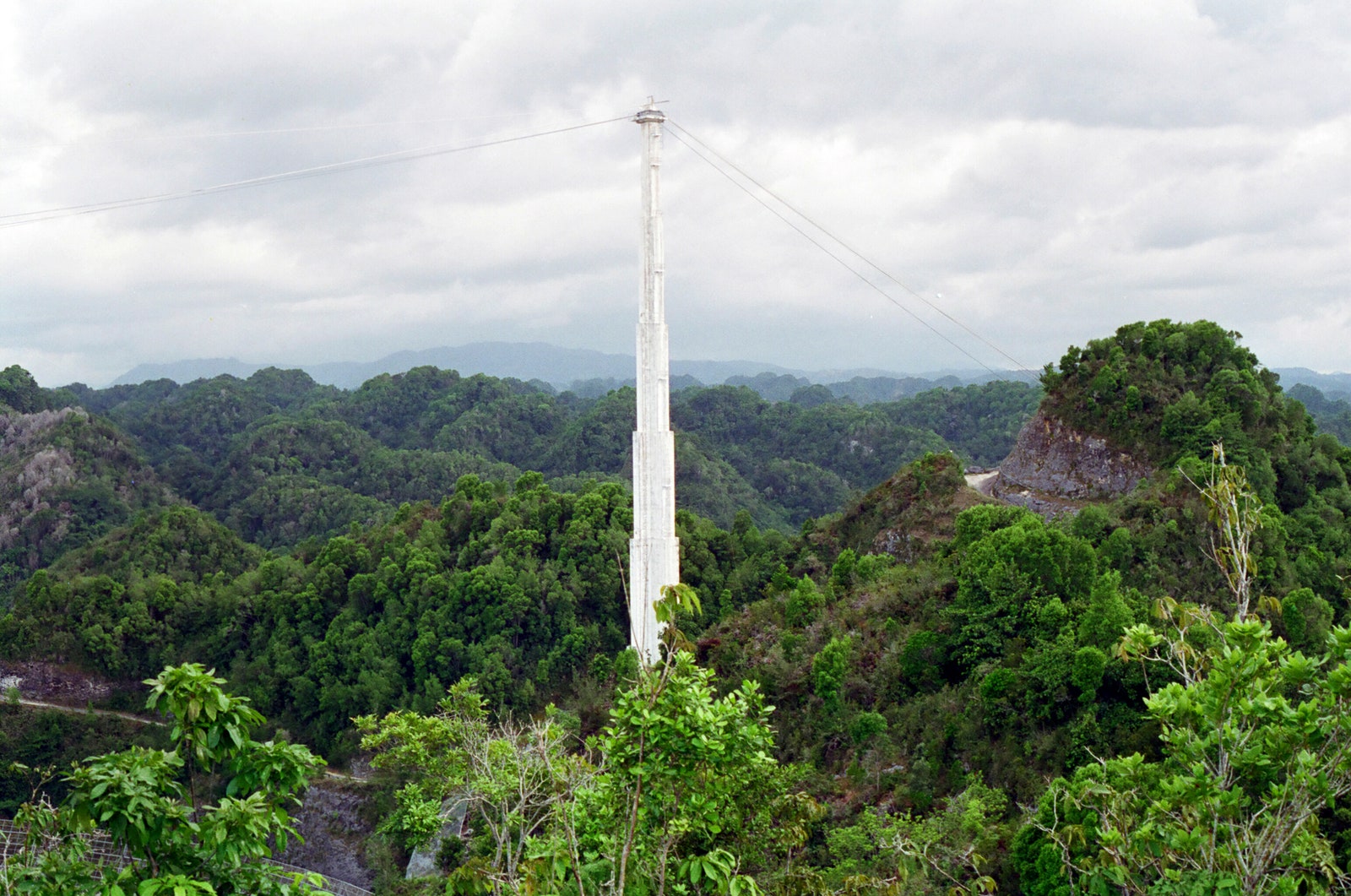
Thanks to this program, Arecibo Observatory, whose team had vast experience in studying and measuring asteroids, received about $ 2 million, and in 2012 - $ 3.5 million. This was enough to continue the operation of the facility, but not to update its infrastructure.
But the Foundation continued to insist on the idea of shutting down the Arecibo Observatory. One of the reports detailed the cost of dismantling the facility after its decommissioning. According to the rules, the terrain must be restored to its original state after the termination of the work of such an object. The authors of the report deliberately greatly underestimated the cost of dismantling and subsequent work in order to show the attractiveness of the idea.
The situation worsened after Robert Kerr, who had run the observatory for many years, decided to quit. After that, the Arecibo partners refused to renew the contract and the fate of the object was decided. True, in 2017, the observatory had a chance - the University of Central Florida decided to protect the observatory. The idea was to put the funding of Arecibo on the University, and thus on the state of Florida. This is a risky plan, since the University itself did not have experience in managing such a large-scale facility. The state administration had to agree on this plan for it to become a reality.
The Telescope Rescue and the Unexpected End of Everything
The NSF accepted Florida's offer, agreeing not to close the facility. But another problem appeared here, even more serious than insufficient funding - Hurricane Maria. It hit Puerto Rico, causing $ 90 billion in damage to the entire island. The observatory was also battered - a 100-meter antenna was torn off the platform, and hundreds of aluminum panels were damaged when it fell. For a long time, the equipment in the valley under the saucer could only be reached by boat. Nevertheless, the radio telescope was restored to work surprisingly quickly - already nine days after the hurricane died down, the telescope continued to collect data.
Despite the hurricane, things went well - Florida agreed to take over the maintenance of the telescope. Foundation scientists have proposed adding to the design a special cryogenic-cooled system that would detect new pulsars, neutron stars and show jets of hydrogen from nearby galaxies. The tool was planned to be installed in 2022. In August 2019, the Foundation allocated $ 12.3 million for repairs after the hurricane, plus NASA provided a large grant to implement a program to search for objects potentially dangerous to the Earth.
The trouble came from where they did not expect: one of the metal cables that supported the structure burst. He fell from a great height, cutting through all the panels in the bowl that came across him along the way. This was not a huge problem - it just had to replace the cable and the 250 destroyed panels.
On November 6, a transport with a new cable set off for Puerto Rico. But then another burst. And then the Foundation, whose representatives consulted with a number of engineering companies, said that any repair work would be too dangerous. The problem is that the stability of both the platform itself and its support towers has been compromised. When all this collapsed it was already only a matter of time.
On December 1, the final catastrophe occurred - several more cables burst, and the platform, which was hanging over the thicket, collapsed down. It looked like a bomb had been dropped on the telescope.
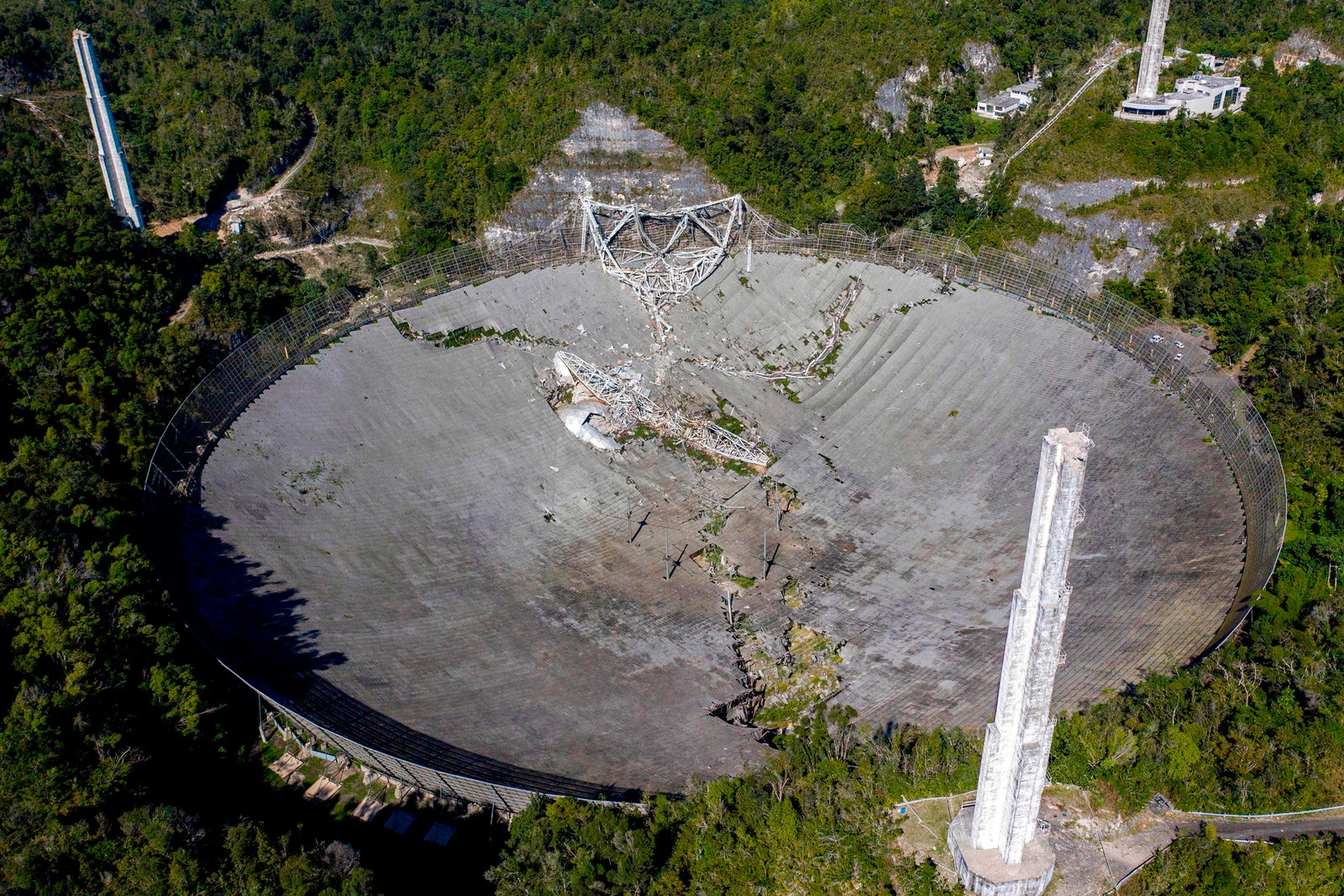
Today, some of the observatory's facilities are operational, but everyone knows that the radio telescope will never be rebuilt. The end of the observatory has come. I couldn’t bring myself to watch the tape of the disaster that destroyed Arecibo.
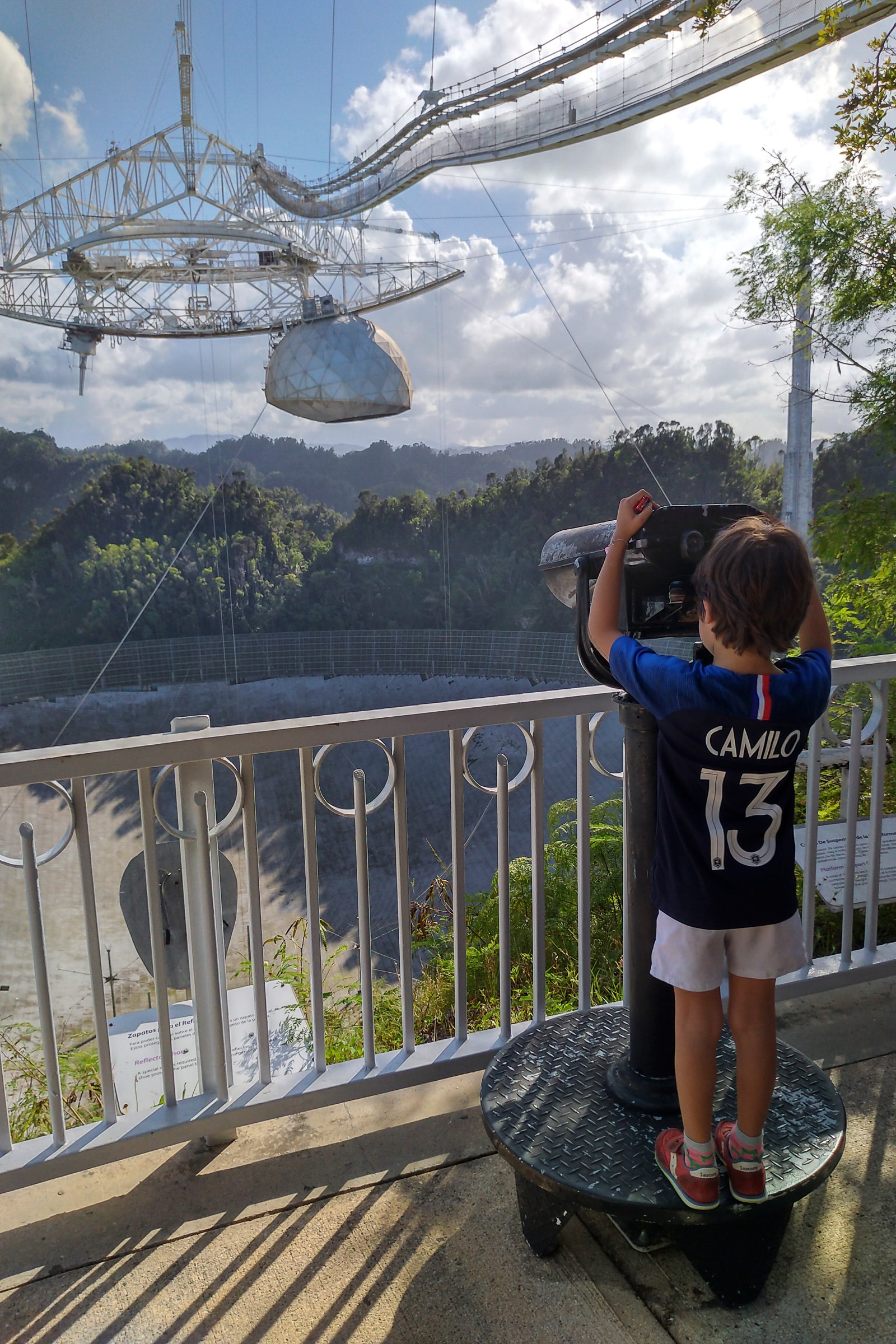
The author's son inspects a telescope in 2019
